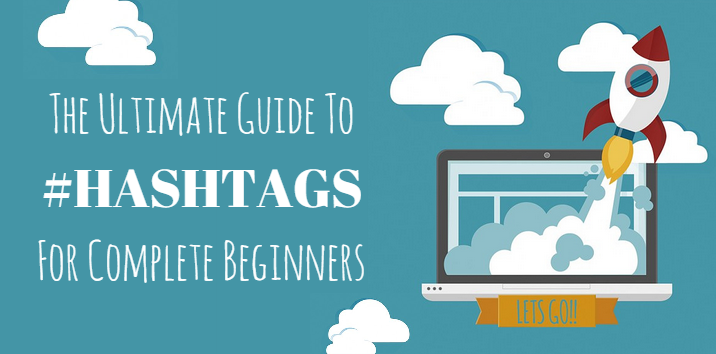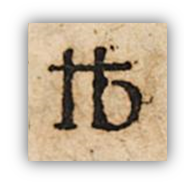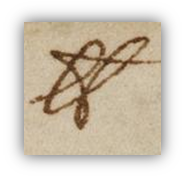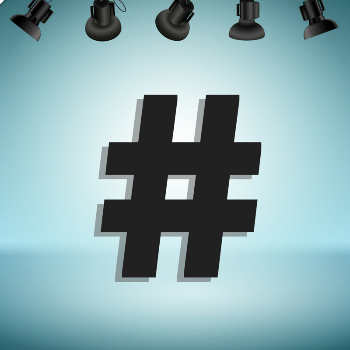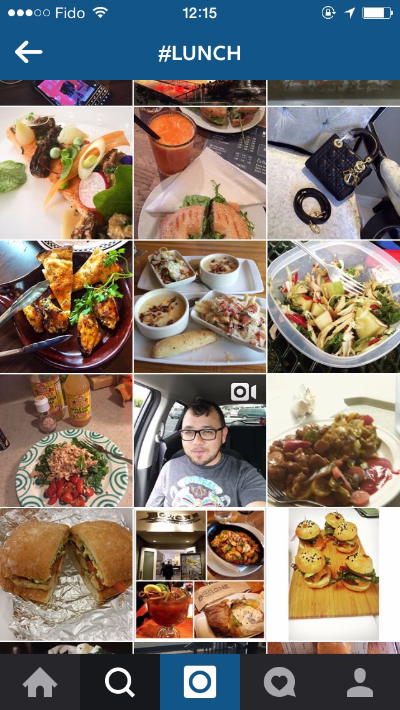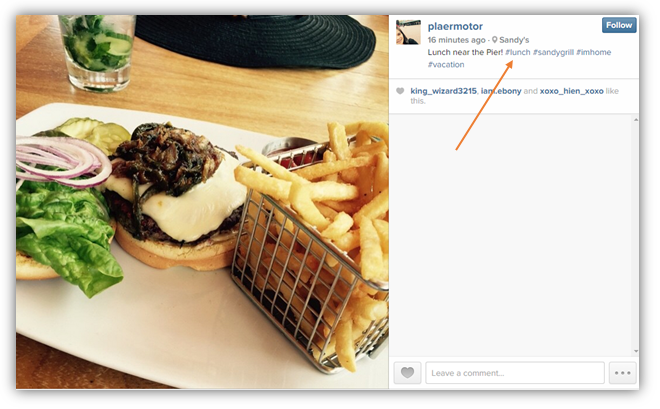Ah, hashtags. Once simply a button on my telephone that I was often prompted to press while using automated telephone systems, the hashtag now claims a spot in the Oxford Dictionary (along with “selfie” and “totes”), with the accompanying definition:
“A word or phrase preceded by a hash sign (#), used on social media sites such as Twitter to identify messages on a specific topic”
It wasn’t until 2007 the idea of using hashtags on social media came to be, thanks to one Chris Messina, a social technology expert, who first posted the hashtag #barcamp in August 2007. The whole tweet appeared like this:
“how do you feel about using # (pound) for groups. As in #barcamp [msg]?”
Nowadays, it’s hard to go a day without hearing/reading/saying/using the word “hashtag” – even if you aren’t a social media marketing guru like moi! (I use term “guru” very lightly).
But, as we know all too well, just because something in prevalent in our day-to-day lives (such as beards, dadbods, and the colors blue, black, white & gold) doesn’t mean we really understand it very much at all.
The History of the Hashtag
The official name of the hashtag symbol “#” is octothorpe and it has its roots in 14th century Latin when people began abbreviating the Latin term for “pound weight” (libra pondo) as “lb”. At that time it was common practice to add a horizontal bar to abbreviations, known as a “tittle”, like so:
This told the reader of the symbol that the two letters were connected, and that the letter “l” was not the number 1.
As scribes started writing this sign faster and faster, the lb began to morph. In a handwritten manuscript by Sir Isaac Newton, we can see the middle point of this process where Newton doesn’t lift his pen before drawing the tittle so we can see what we now know as a “hashtag” or “pound” symbol starting to take shape.
The pound sign then became common place on typewriters so when AT&T were creating their telephones and needed 2 more symbols to make their keypad square they added the pound sign and the asterisk. At that time the # still didn’t have an official name, and when creating the manual, a few employees at Bell Labs decided just call it “octotherp” (which eventually became the octothorpe).
The Anatomy of a Hashtag
There should be no spaces in a hashtag, and – here’s the big one – no punctuation marks. I know. It was hard for me to hear as well. So say goodbye to your beloved commas, periods, exclamation points, question marks and apostrophes. No special characters either, so asterisks & ampersands are out.
Numbers are okay so you can tweet #50shadesofgray to your heart’s content!
The Function of a Hashtag
Hashtags are used to categorize content on social media. This categorization matters because it monitors trends, events and discussions on social media.
Every hashtag has its own unique URL, for example: https://twitter.com/hashtag/BreakingBad?src=hash
So if you’re interested in a certain topic/trend, you can simply click on the hashtag and be redirected to that hashtag’s own URL where you can see what people are talking about in reference to that topic, like so:
Sounds pretty straight forwards, right?
Well, it is and it isn’t. The hashtag can be both a powerful tool, and a painful nuisance, depending on how you wield it.
The Case For Using Hashtags
If you’re wondering about now whether or not hashtags are really worth all the effort, then the simple answer is: Yes. Yes, they are. You should be using hashtags.
Why?
Because science says so.
While the proliferation of hashtags all began with Twitter, it’s reach has now spread to Facebook, Google+, Instagram, Google search, and almost everywhere in between. (Except for LinkedIn, that is.)
But, if the widespread acceptance and use of hashtags across most social media platforms doesn’t convince you, then consider your audience for one moment. Your audience, especially those of the younger generation, now uses hashtags as naturally as they make a query. Or, as Steve Cooper, writing for Forbes, so eloquently puts it:
As ridiculous as hashtags might seem to marketing veterans who remember a time before Twitter and Facebook, the younger generation and potential customers/clients don’t. To them, using hashtags is as natural and common as typing their query into the search box.
What does that mean for you?
Well, extra exposure. Or, in marketing jargon, better “searchability”.
#Searchability
By adding hashtags in your social media posts, you’re including that content as part of that topic. That means that when people search that hashtag and peruse the content that people are sharing in relation to it, they’ll see your content.
Meaning: your content is viewable to anyone with an interest in your hashtag, even if they’re not following you.
So, for example, when I search “lunch” under the hashtag search box on Instagram, I see a whole bunch of beautiful (and delicious… I should really go get my lunch) pictures of, well, lunches!
And if I click into any of these images, I can see that the user (who I’m not connected with) has tagged that image #lunch, like so:
But there’s more to hashtags then searchability. Hashtags also…
#StartAConversation
You can create any ol’ hashtag, which means that you can create ones specific to your product, campaign, or event. This gives users (and you) a way to keep a conversation going with your brand.
For example, many social media personalities will create hashtags and encourage their followers to use that hashtag to enter competitions, take part in challenges, share their stories, or ask questions. For example, this #AskZoella hashtag that popular Youtuber Zoella Sugg asked her users to use to look for ideas for a Q&A video she wanted to create.
Similarly, many brands use hashtags to run and monitor Twitter Chats where their audience can engage in a conversation around a particular topic. For example, SEMrush run a weekly chat and use the hashtag #SEMrushchat
#LOL
Hashtags can – and frequently are – used to add comedic value. And no, not in the Jimmy Fallon and Justin Timberlake kind of way! (Although, that’s pretty hilarious too.)
Hashtags often function like the punchline of a joke, for example Charmin’s wildly successful – and very funny – #TweetFromtheSeat hashtag.
And oftentimes you’ll also see trending hashtags that are just there for a bit of fun, like #FakeResumeSkills that popped up last week!
#Commentary
I like to think of this hashtag use as a kind of muffled cough-into-your-napkin type commentary which is better understood when you see it in action:
However, how hashtags work and how effective they are depends largely on the social media platform that you’re using.
Hashtags on Twitter
t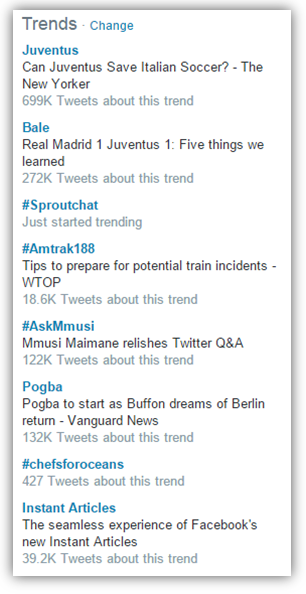 Twitter, the mother of the hashtag, is where hashtags really go to thrive and this is largely due to their live “trending” section that alerts users to popular hashtags and keywords. This allows for people to join in on a popular conversation that’s happening, join in on the joke, or see what people are talking about in relation to a topic that they might be interested in.
Twitter, the mother of the hashtag, is where hashtags really go to thrive and this is largely due to their live “trending” section that alerts users to popular hashtags and keywords. This allows for people to join in on a popular conversation that’s happening, join in on the joke, or see what people are talking about in relation to a topic that they might be interested in.
Because hashtags are such an integral part of how people use Twitter, Tweets with hashtags get twice the engagement (clicks, retweets, favorites and replies) than tweets without. (Buddy Media)
However, it’s important to note, that’s with only 1 or 2 hashtags included. When you include more than 2, engagement drops by 17%. This is most likely because:
And if you want to get even more specific about it, Dan Zarella discovered that tweets with 1 or more hashtag are 55% more likely to be retweeted.
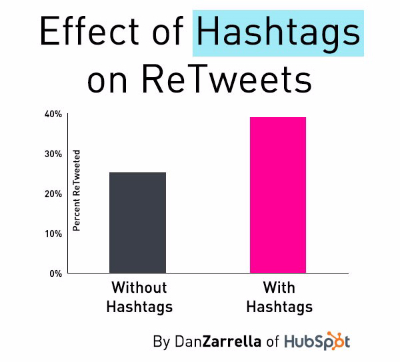
Keep in mind that the “@” symbol does something completely different to a “#” symbol on Twitter. When you use @ before a person’s Twitter handle, you’re tweeting to them directly. That means that your Tweet will appear on their personal feed, rather than the specific feed for a hashtag.
Hashtags on Instagram
Instagram is another popular social media network for hashtags. If anything, hashtags are even more encouraged with engagement highest on Instagram posts with 11+ hashtags. (Track Maven)
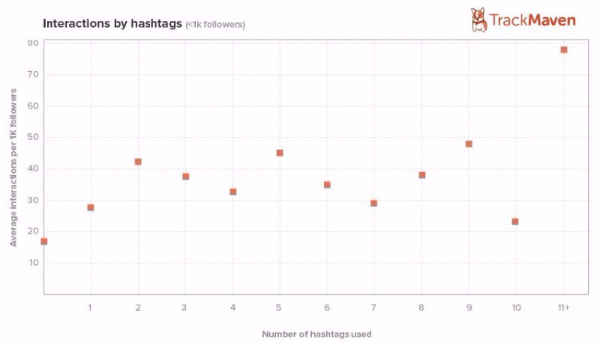
Which basically means you can hashtag to your heart’s content on Instagram.
Hashtags on Facebook
Clearly Twitter and Instagram are clear winners for hashtags. But what about Facebook?
Not great.
In a study conducted by EdgeRank that analyzed more than 500 Pages that posted both with and without hashtags, it showed that out of 35,000+ posts that only 6,000 of them used hashtags (that’s only 17%). Moreover, EdgeRank found that hashtags don’t have a positive impact on the brand’s engagement on Facebook (if anything, it decreased it slightly).
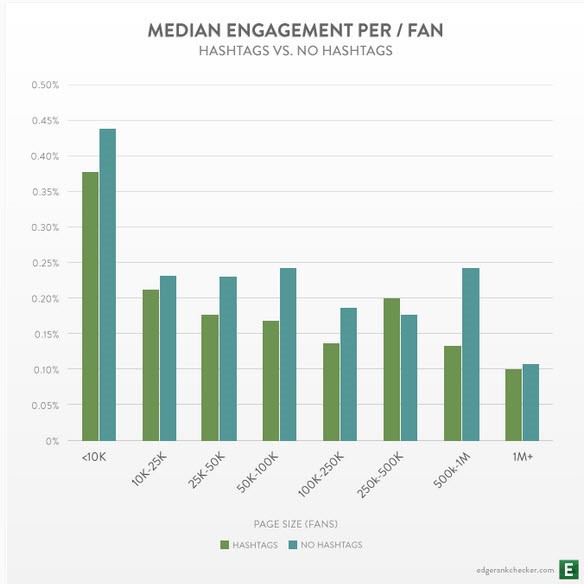
Why?
Well, Facebook doesn’t really lend itself to hashtags. Think about how you use Facebook. You go on to look through updates and content shared from your friends, family and – maybe – brands. Once you’re up to date with your feed, do you go into a page and do some further reading? Not really. It’s mostly about what pops up on your feed that you’re looking at.
So should you abandon hashtags on Facebook based solely on this research? Not necessarily. It’s probably best to test it out for yourself.
For example, a more recent study by Social Bakers found that using hashtags might not be the main problem, but – just like with Twitter – it might be about hashtag quantity.
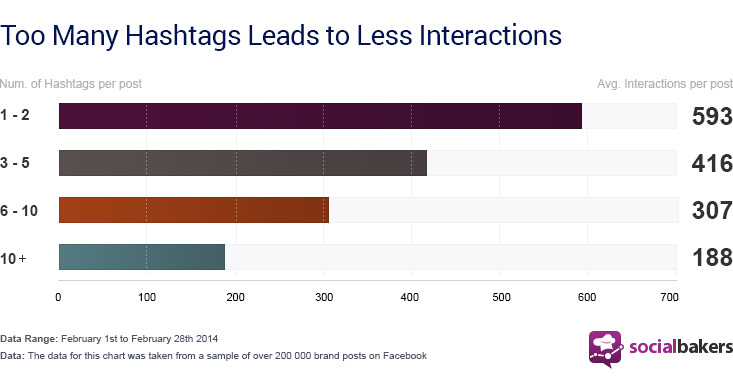
Hashtags on Google+
Google+ used to add hashtags to your posts automatically, but at the start of the month they’ve scrapped that. However, because Google+’s “search” capabilities are so strong already, this doesn’t seem to have made much of a difference to the user experience.
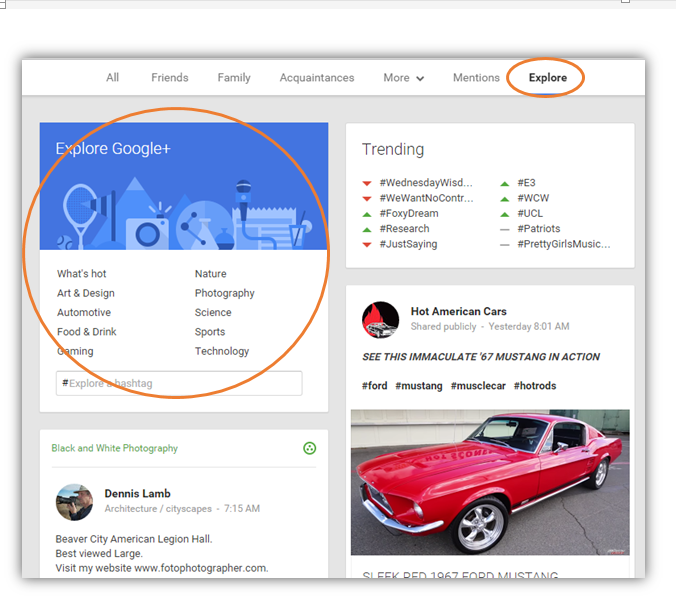
As you can see, you also get the very useful “trending” section which works so well for Twitter.
When you search a term, Google+ also gives you a whole bunch of “related hashtags” that are super useful for marketers who are looking to come up with some more content ideas, or who want to gage the level of interest in a keyword.
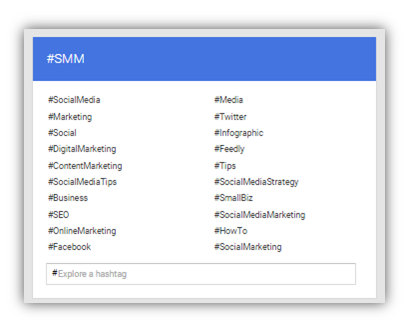
Tools To Find And Manage Your Hashtags
It’s clear that hashtags can be super useful for social media marketing, but it can also be a lot to handle. However, as with anything, the right tools can make the world of difference.
Hashtagify.me
Hashtagify is one of the most extensive hashtag tools that you’re likely to find. With tons of data, such as related hashtags & their popularity, it’s a goldmine for the smart marketer.
RiteTag
RiteTag helps you figure out what hashtags are right for your content by telling how good, great, or overused a particular hashtag is.
Twitalyzer
Twitalyzer is more of an all-round Twitter tool, but it also gives you data on what hashtags people are using (which a smart marketer can use to look at influencers’ hashtag use, or even your competitor’s!).
Trendsmap
Trendsmap is the kind of thing that could be super useful to local businesses as it shows you relevant hashtags based on your geographic area.
Figuring Out Which Hashtags You Should Use
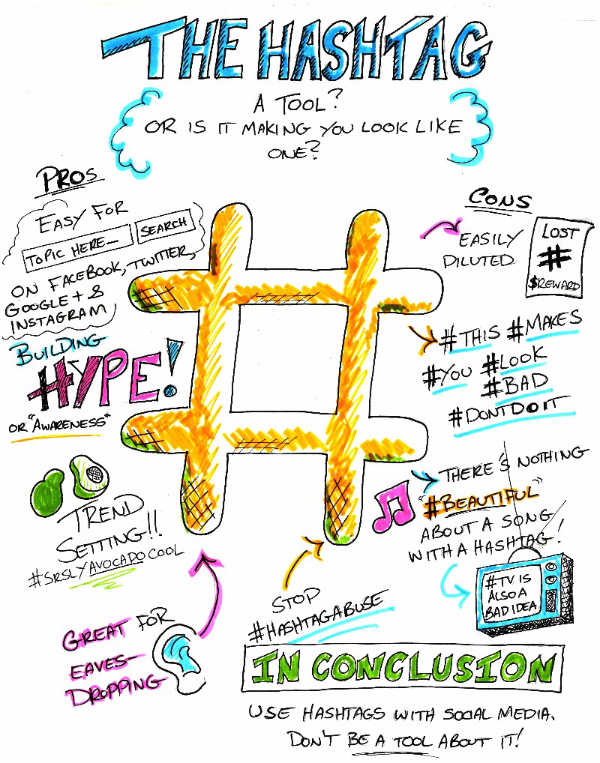
In order to figure out which hashtags you should be using, you have to have a good understanding with regards three things:
- Your industry.
- Your audience.
- Your content.
Once you understand your industry, you understand what kinds of conversations are happening in them. Once you understand your audience, you know the type of content that they’re looking for and what keywords (read: hashtags) that they’re likely to use to find that content. And once you understand your content, you know how to tag it with relevant hashtags.
For example, “Which Social Media Platform Is Right For Your Business” is relevant to Spokal because we’re part of the inbound marketing industry (and that includes social media marketing). My audience is small business owners, so I have to think about what words they’re likely to use to search for this kind of content. And the content itself is about social media for business.
Because I understand all of these elements, I’ll want to use one or two of the following hashtags when I promote this content:
- #SMM
- #Socialmedia
- #Socialmediamarketing
- #Business
- #SMB
- #Smallbusiness
- #Inboundmarketing
But, like I said, only 1 or 2 hashtags should be used per post for optimal engagement so I’ll pick and choose from these hashtags as we promote the content.
If you can’t think of what hashtags to use for your social posts, use hashtagify.me to find related keywords.
Conclusion
Hashtags can be a powerful tool for business owners looking to utilize the power of social media marketing. However, with the power of hashtags, comes responsibility. Remember to use hashtags smartly, sparingly (unless it’s on Instagram) and to help people engage and find your content.
Liked this?
 Get more great content straight to your inbox! We'll teach you how to get 1,000 followers on Twitter, how to create big content and we'll also give you an A-Z dictionary of online marketing terms!
Get more great content straight to your inbox! We'll teach you how to get 1,000 followers on Twitter, how to create big content and we'll also give you an A-Z dictionary of online marketing terms!
Like this? Get the FREE Small Business Bundle
